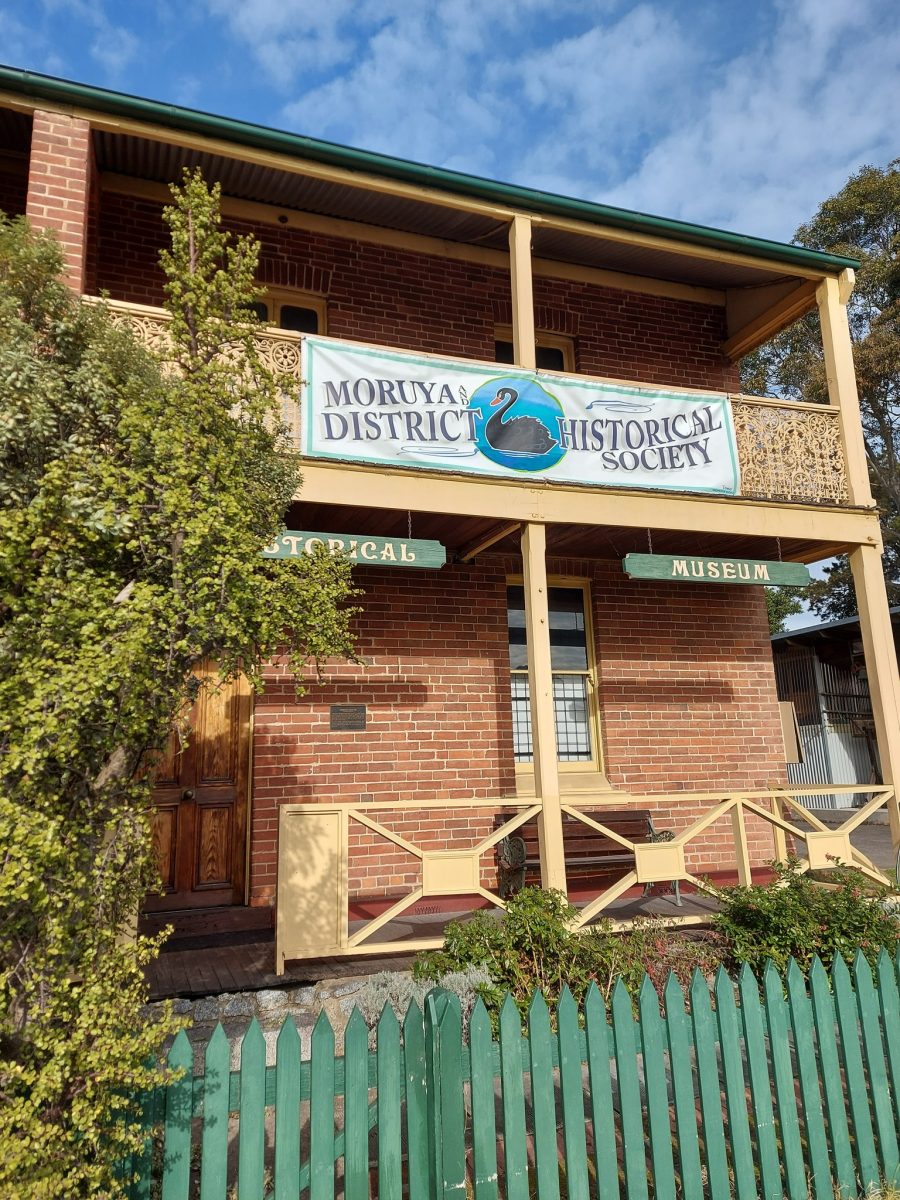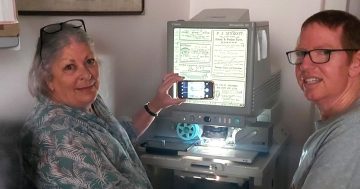
For its latest investigation, a group of South Coast historians is looking to solve a maritime mystery. Photo: Moruya and District Historical Society/Facebook.
Almost 200 years ago, the Rover sank beneath the waves of Broulee Bay during a storm.
The year was 1841, and the anchor broke in the rough seas, drowning the captain and 11 other people on board before the survivors could be rescued.
Sixty years later, parts of the wreck would wash ashore, giving residents a chance to salvage some items from the ship — including the cannon.
In 1907, the City of Sydney accepted an offer to receive the cannon, but it never arrived.
Wendy Simes, historian and librarian at the Moruya and District Historical Society, is among the latest people to turn their hands towards solving the more than 100-year-old mystery.
“We’ve always known about the wreck of the Rover — it’s a common story down here,” she told Region.
“We thought, ‘What’s happened to this cannon?’ It’s not easy to misplace a cannon!”
She noted the small cannon was likely used by sailors for signalling, while guns and other souvenirs from the wreck had stayed in the Broulee and Mossy Point area.
The team started its investigation by tracing the life of local sawmiller Abraham Jennings, who had possession of the cannon once it was recovered.
Their research found that after retiring, Mr Jennings would leave the South Coast. By checking electoral rolls, they discovered he had moved to Coffs Harbour to live with one of his sons.
“Someone had searched for this [cannon] before, but they misinterpreted the facts,” Ms Simes said.
“They felt the cannon was at Coffs Harbour, because they thought he was writing to the Coffs Harbour council. No one got anywhere with that one.”
But they were unable to find out whether he took the cannon with him or left it behind on the South Coast.
In the City of Sydney’s archives, they also found a typed letter from Mr Jennings, offering to send the cannon to Sydney, as well as a report from the Town Clerk noting their acceptance of the offer.
“The letters that we’ve got indicated to us that he’d given them the cannon already, but they’ve got no record of it ever being received,” Ms Simes said.
The inconclusive ending isn’t stopping the historical society from its research, with the group encouraging anyone with information to come forward.
“We thought a family member might see it and think, ‘I know what great-grandpa did with the cannon’, but it hasn’t brought a reaction,” Ms Simes said.
“We’d love to see someone come forward, but they could be scattered anywhere … From our point of view, we’ve reached a dead end.”
She said the society occasionally investigated Moruya’s maritime history, which often focused on shipwrecks from when the weather turned.
“It’s a fairly dangerous entrance. The Moruya area, in its beginning, relied on ships to take agricultural produce out and to deliver goods in.
“The ships used to come all the way up the river to the town, where there was a port facility … They were offloading on the barges at Broulee, until they opened the port down here and took over.”








